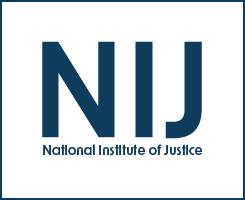Victimization
NIJ FY24 Research and Evaluation on Violence Against Women
Closing Date
Grants.gov Deadline
Application JustGrants Deadline
NIJ FY24 Research and Evaluation on Trafficking in Persons
Closing Date
Grants.gov Deadline
Application JustGrants Deadline


